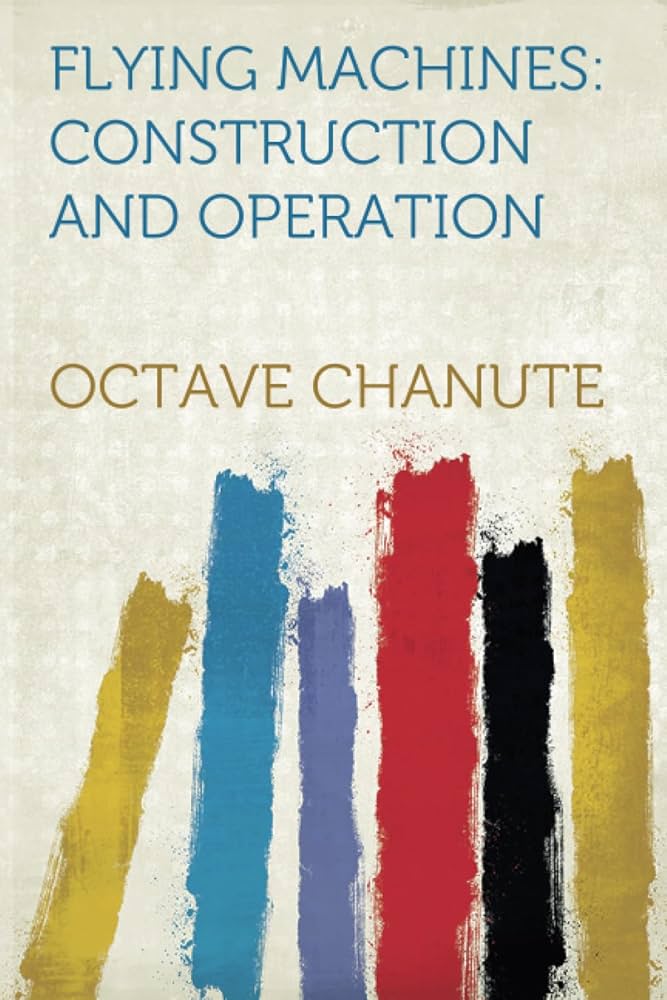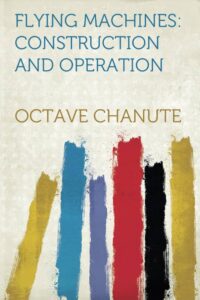Chapter V — Flying Machines Construction And Operation
byChapter V — Flying Machines Construction And Operation walks readers through the foundational process of designing and constructing a practical gliding machine. It introduces essential structural choices and suggests starting with a biplane layout, given its balance between simplicity and performance. With a manageable frame and ample surface area, the biplane helps beginners grasp core aerodynamics without being overwhelmed by complexity.
A biplane glider is effective because it divides the necessary lift surface—152 square feet—into two layers, allowing better balance and less structural stress. This configuration supports the average weight of a 170-pound pilot while remaining compact and easier to control. Unlike monoplanes or triplanes, which present greater handling challenges, biplanes offer the right blend of stability and responsiveness. The initial step for aspiring aviators is not installing a motor but understanding the framework that makes flight possible. Mastery of this stage is what enables a smooth transition into powered aviation later.
A beginner-friendly glider spans 20 feet wide and stretches 4 feet deep, enough to support a single pilot safely. This size delivers the lift required while remaining small enough to construct without complex tools. Before taking flight, a builder must grasp how each element—from frame length to cloth tension—affects performance. Starting with a glider rather than a full machine ensures that flight concepts are learned through hands-on building and trial. This approach reduces the risk of early failure and builds confidence. A grounded understanding of glider mechanics sets the stage for more advanced flight design.
Materials used in construction are carefully chosen for their weight and durability. Spruce is preferred for the frame due to its excellent strength-to-weight ratio. Linen thread, piano wire, and light cloth (silk or cotton) form the secondary components. These materials are easy to shape and strong enough to endure flight stress. Metal sockets are used at connection points for added durability. Once the structure is assembled, it must be covered in cloth and sealed with varnish to resist wind and moisture. This finish improves both longevity and aerodynamic performance.
The structure is built using horizontal beams and upright supports known as stanchions. Together, these create the frame’s skeleton. Ribs are then added to define the wing’s shape and guide airflow smoothly over the surface. Struts help distribute stress evenly across the structure. Finally, guy wires are installed to hold the frame in place and prevent warping during flight. These wires maintain tension across key points and reinforce the aircraft’s rigidity. Without them, the glider would flex dangerously in wind currents.
Covering the frame with cloth requires careful attention to tension and alignment. Loose fabric can flutter and reduce lift, while overly tight cloth may tear. The cloth is stretched carefully over the ribs and fastened with glue or thread. Once secured, it is coated with varnish to create a wind-resistant surface. This treatment also repels moisture, extending the glider’s usable life. The goal is to keep the craft light, yet strong enough to withstand repeated flights. These steps are as much about craftsmanship as engineering.
Cost efficiency is one of the chapter’s strong points. With materials priced modestly and labor supplied by the builder, the total cost can remain below $20. This makes early aviation accessible to more people, not just inventors or professionals. The satisfaction comes not just from flying, but from building something functional with one’s own hands. This process transforms theory into experience. It also allows small-scale testing before investing in more complex, motorized versions of the machine.
By constructing a glider first, the builder develops both technical skills and flight understanding. Handling forces like lift, drag, and balance becomes more intuitive through actual practice. Mistakes, when made on simple gliders, lead to learning rather than major losses. With time, the builder can move on to powered flight, armed with firsthand knowledge of what makes a flying machine work. This grounded, step-by-step path lays a solid foundation for deeper exploration into aviation. It transforms abstract principles into real, personal progress.


